There’s more to deer stalking than just spotting the animals! Knowing how to identify deer signs is also vital to success; Tim Weston tells us how...
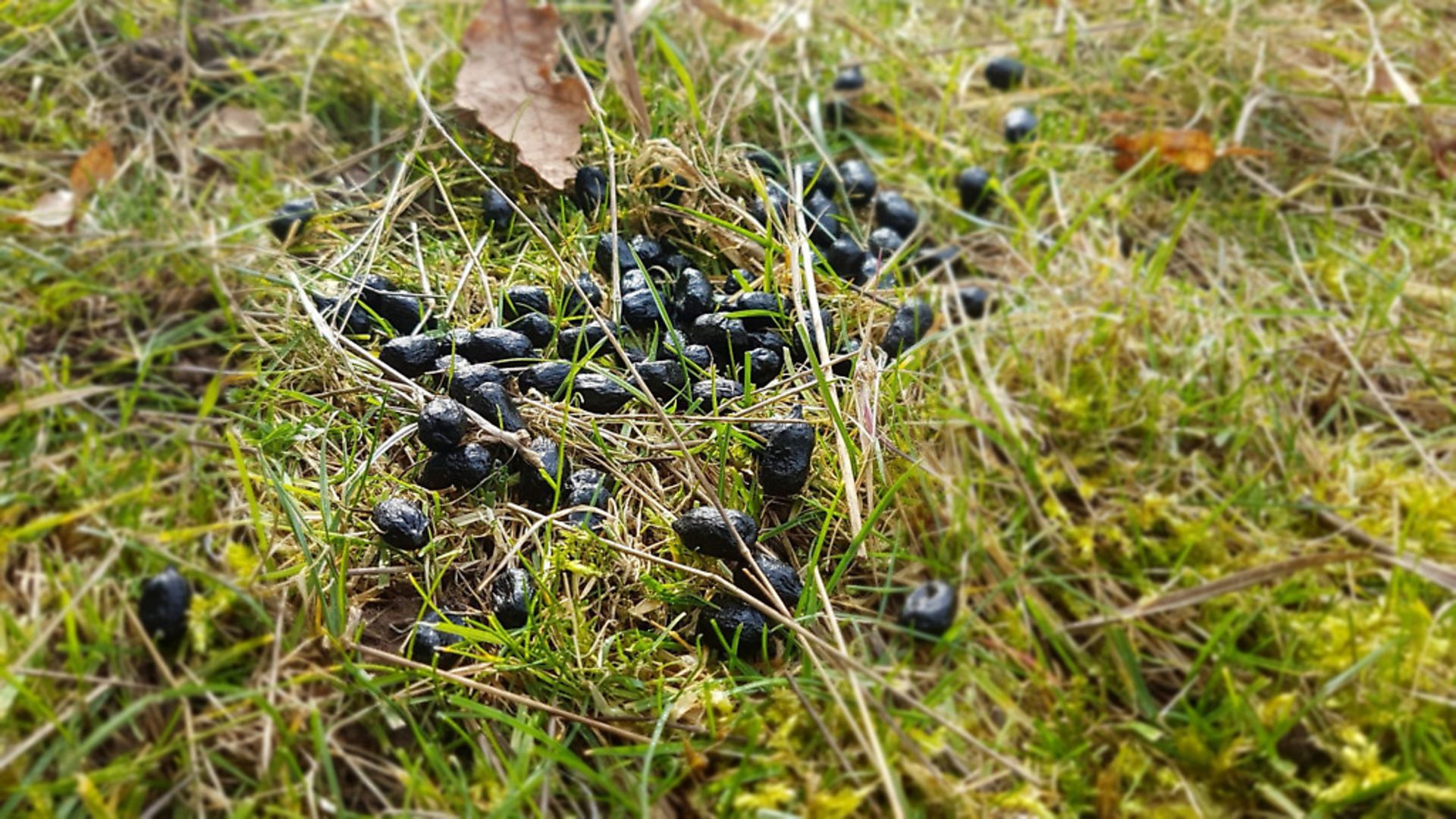 credit: Archant
credit: Archant
Deer are curious creatures – sometimes they are the most secretive of animals and other times they are everywhere. Some species, such as the fallow and red, really make themselves known in the rut with a cacophony of sound and movement, but at other periods you would struggle to spot a red on the hill or the moors.
So many deer stalkers I know have nearly written off countless cars while driving through the countryside looking over hedges or walls for deer browsing on field margins of hedgerows. Many of us spend more time looking out of the side window than the front, all in an attempt to spot a deer that we might not have seen before.
The same goes for when we are stalking: we spend ages waiting, observing and glassing, watching for a shape, a tell-tale movement or the flash of white as a tail flicks. Stalkers are always looking for deer and often spend time watching them when they are located.
But are many of us missing a trick? Are we spending too much time looking for the animal itself? Perhaps we should put as much time into looking for the signs of deer as we do for the animals themselves.
All deer species show different signs within the environments they live in. In this article, we are going to look at how we can spot deer without ever seeing them in lowland Britain, where I am based in southern England. What signs should we be looking for that tell us deer are present and can they give us an indication of how many deer and what species we might have?
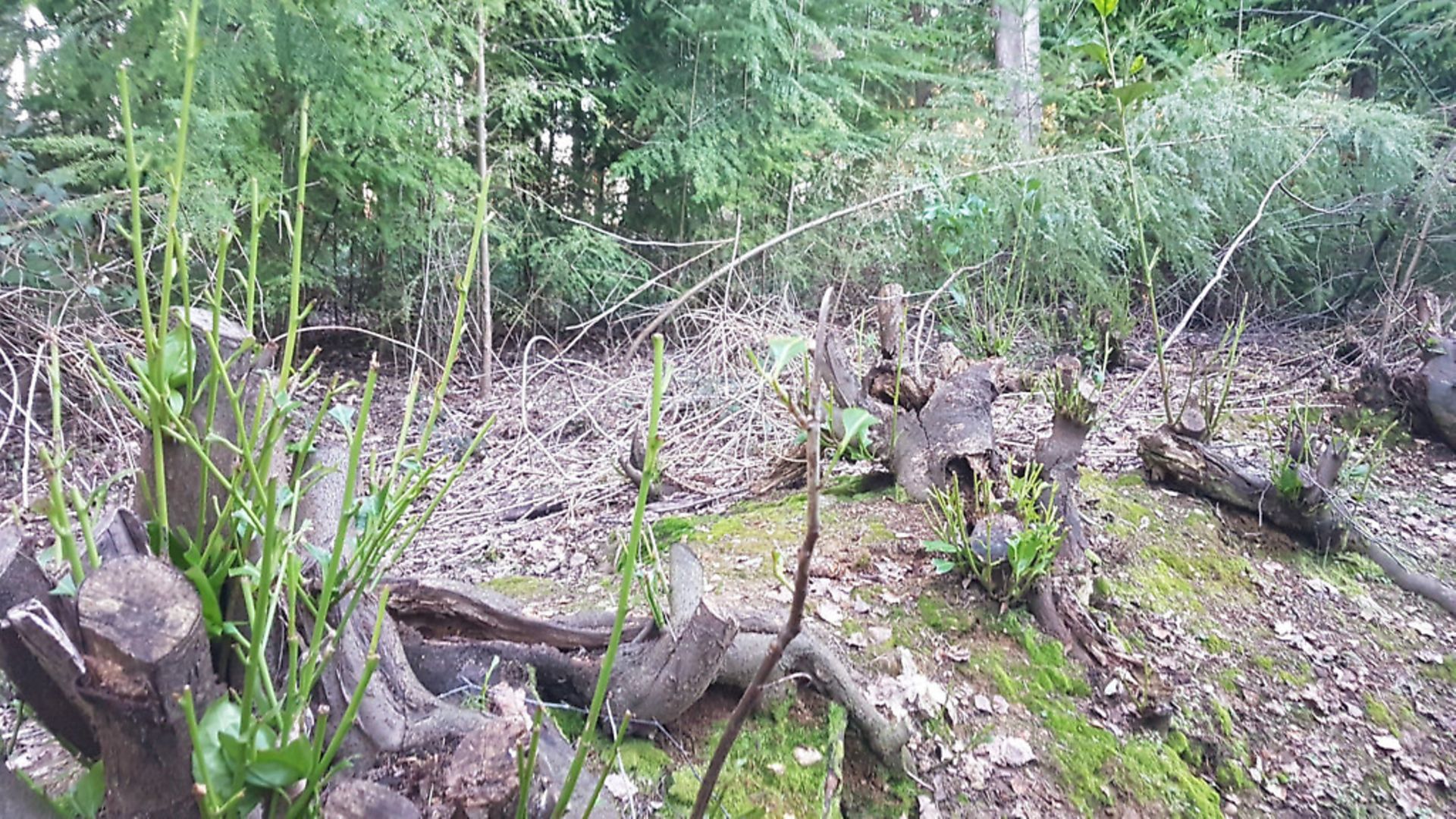 credit: Archant
credit: Archant
Browse lines
The first and most obvious sign in woodland is a distinctive browse line through the trees and shrubs. Over-browsing in woodland is one of the main problems people have with deer; too many deer taking too much of the low understory results in a high tree canopy with little or nothing growing underneath. Keeping the deer numbers in check helps to reduce this problem, although I sometimes feel that bad forestry is equally to blame as deer numbers. The height of the browse line can be a really useful indicator in terms of which species you have.
If you are just looking at muntjac, the browse line isn’t that obvious until you have a huge population on the ground that will take some real managing to get under control. Areas where the browse line will be worst is in those places where there are trees and shrubs that the deer like to eat. Obviously, areas containing less palatable plants won’t be as hard hit.
This is useful because it will give you an idea of where the feeding areas are and where you could place high seats. There is little point in putting up a seat in an area that the deer rarely go to. I have found the same in the Savernake Forest, where we run a stalking syndicate. We inherited lots of old wooden high seats that would have been in great places when they were built – but the trees have grown and the undergrowth has changed and many of them are now completely in the wrong place.
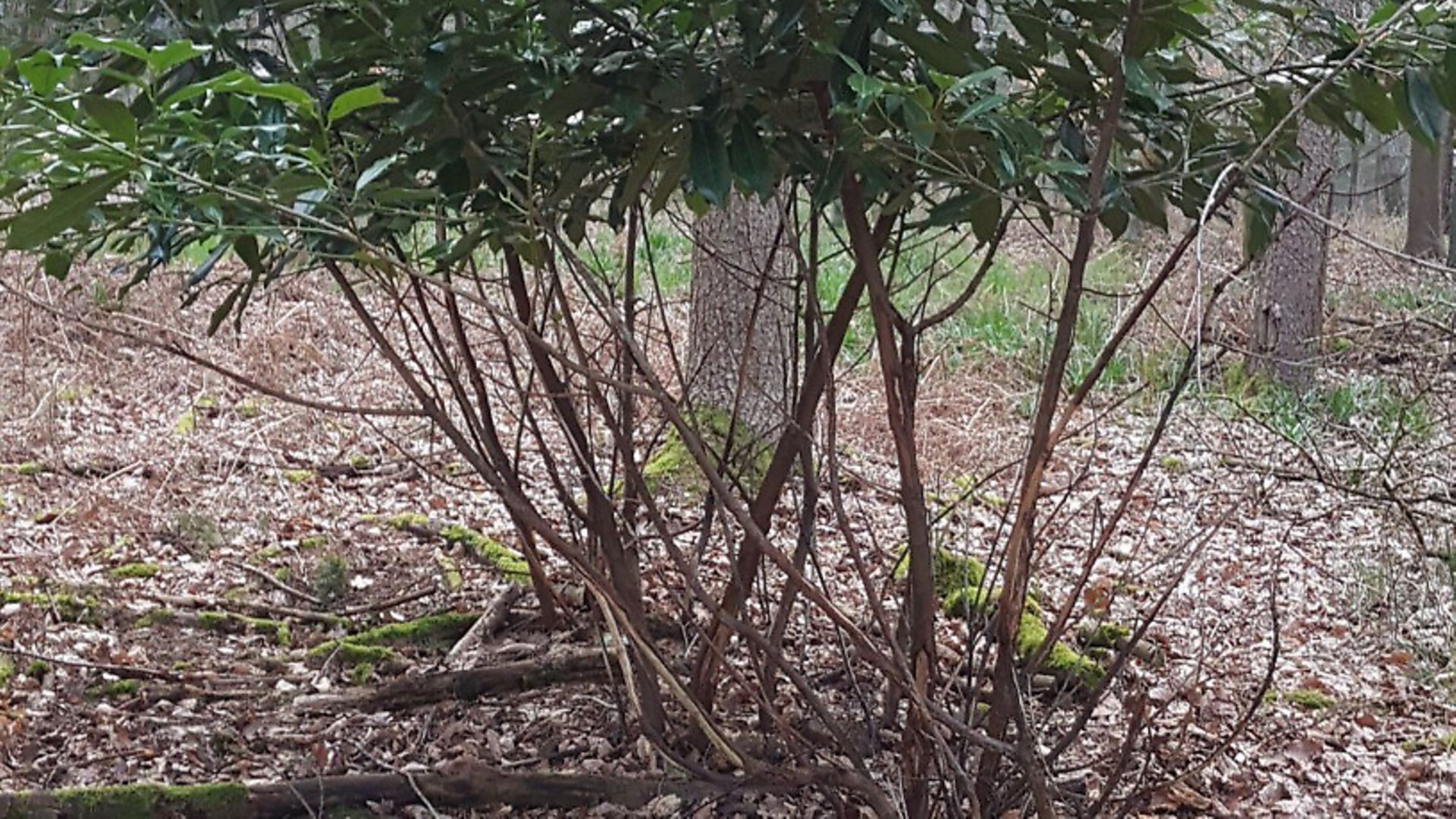 credit: Archant
credit: Archant
Off the beaten track
When I am stalking in woodland, I will often creep around into the actual woods themselves and get off the track. This is especially useful in the more public areas. It works in two ways: firstly, the public don’t see me and, secondly, the deer are more likely to be where the people are not!
Going into the woods and off the beaten track allows me to see things that I wouldn’t always spot from the path. I always like to make a note of any deer couches that I find and my best guess as to the species that have been lying up. To make a couch, a deer will often scrape the area, which makes it free of foliage and clear of debris, a habit that invariably draws your eye to it in the first place.
Roe and muntjac will use the same area to couch in time and time again, so it is well worth knowing where they are. The couch is their rest area, where they lie up and ruminate (digest) their food. Telling the difference between the species is fairly simple: you need a good idea of the size of the deer in your head and then imagine them curled up in a ball. Also, the number of couches will give you an idea of the species. Fallow are a herding animal so there will be several couches. Roe and muntjac live in small family groups so there will be just a few.
During the seasonal change between winter and summer coats, and visa versa, you will get deer hair in the couch too, which helps you to tell the species. It’s worth remembering that other animals also couch, such as the red fox.
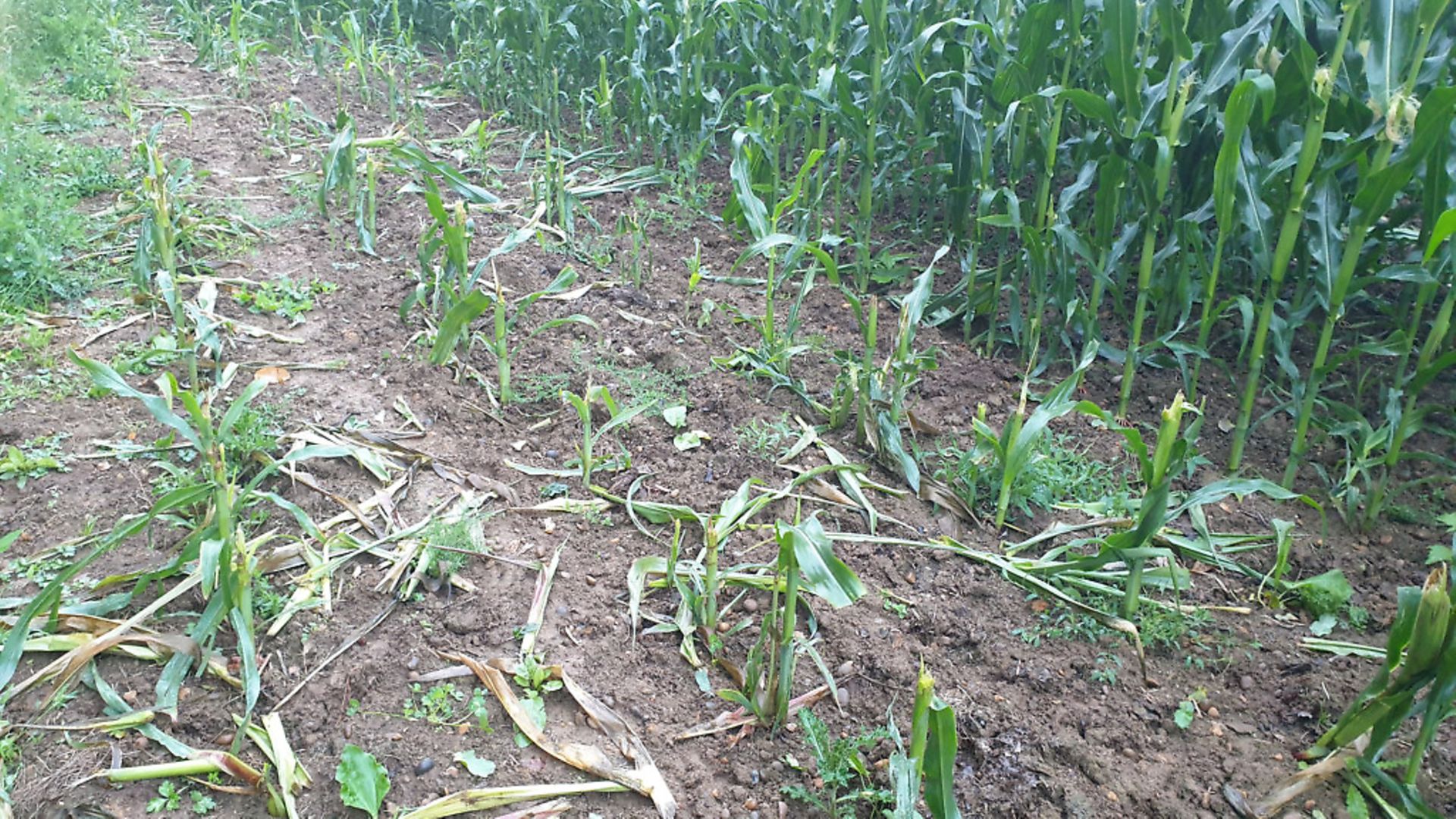 credit: Archant
credit: Archant
Sapling destruction
Another really good sign to look for at certain times of year is the fraying of bark and branches on young trees. This is a clear sign that you have male deer on the property.
In the spring, male roe deer will be the main culprit of fraying. They will be cleaning the velvet from their antlers and also using those same markings to tell other bucks that this is their territory.
In late summer, the larger deer, such as fallow, sika and red, will also be fraying to remove velvet. Fallow will also go through another period of damaging trees as they come towards the rut. They will smash up branches, rub bark off and generally make themselves known to the females in any way they can.
Muntjac too will be cleaning velvet off their antlers in the late summer and they will also fray tree bark. If you see signs of freshly stripped bark from whippy trees, you will have a pretty good idea you have some form of male deer around and you can use the above techniques to help identify it further.
As well as these, you need to keep an eye out for the more obvious evidence like slots and droppings. Knowing the difference between these is fairly basic and one that most deer stalkers would be able to identify. Aging these droppings is also important to give you a picture of deer movements around the area.
There is so much more to deer stalking than getting out early in the morning with the rifle and looking for a deer. We could all open our eyes a little wider and look at the bigger picture.
Rifle Shooter tip: You can find fact files on on the different deer species here > Fallow, Muntjac, Sika, Roe, Chinese Water Deer
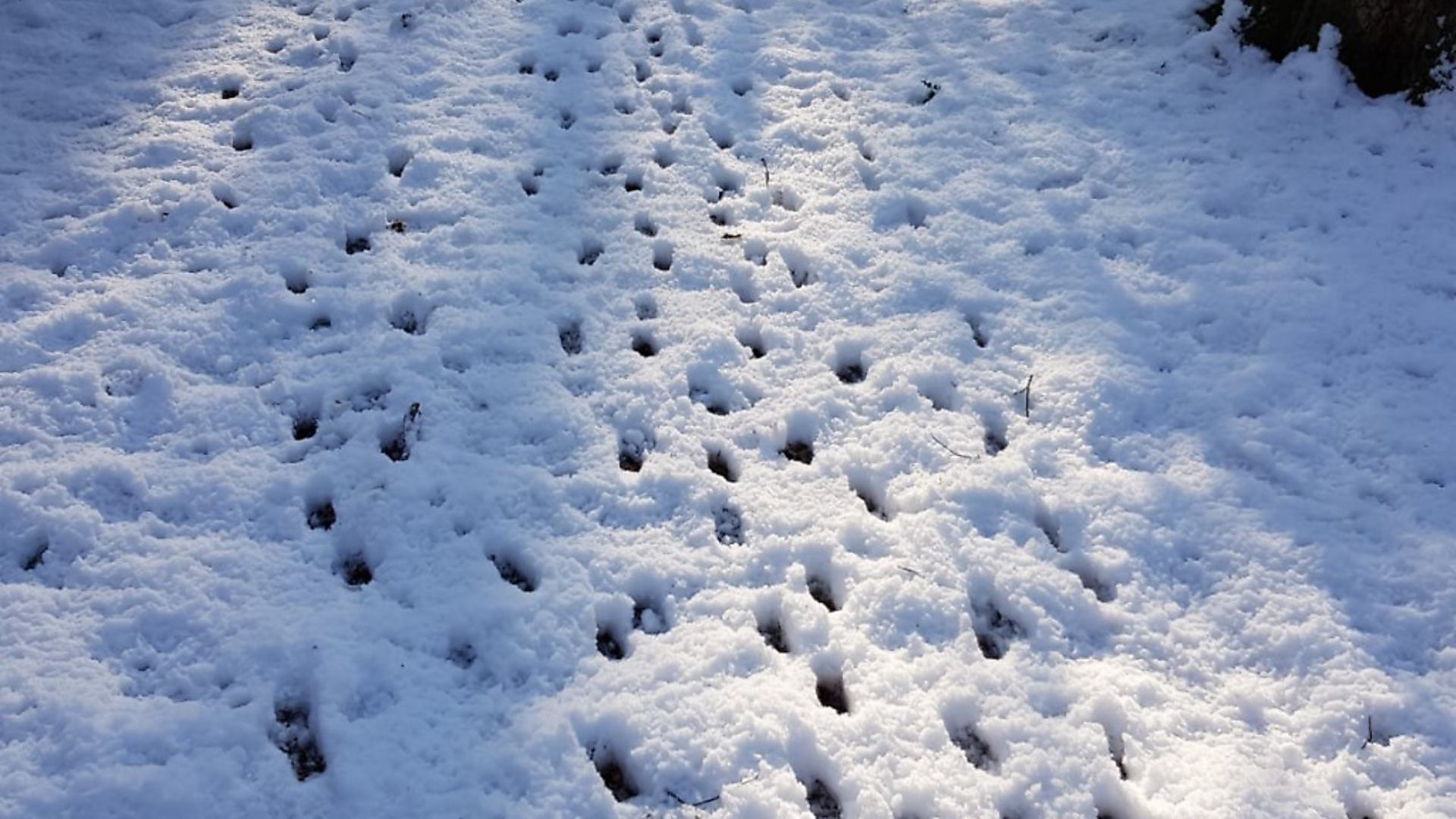 credit: Archant
credit: Archant